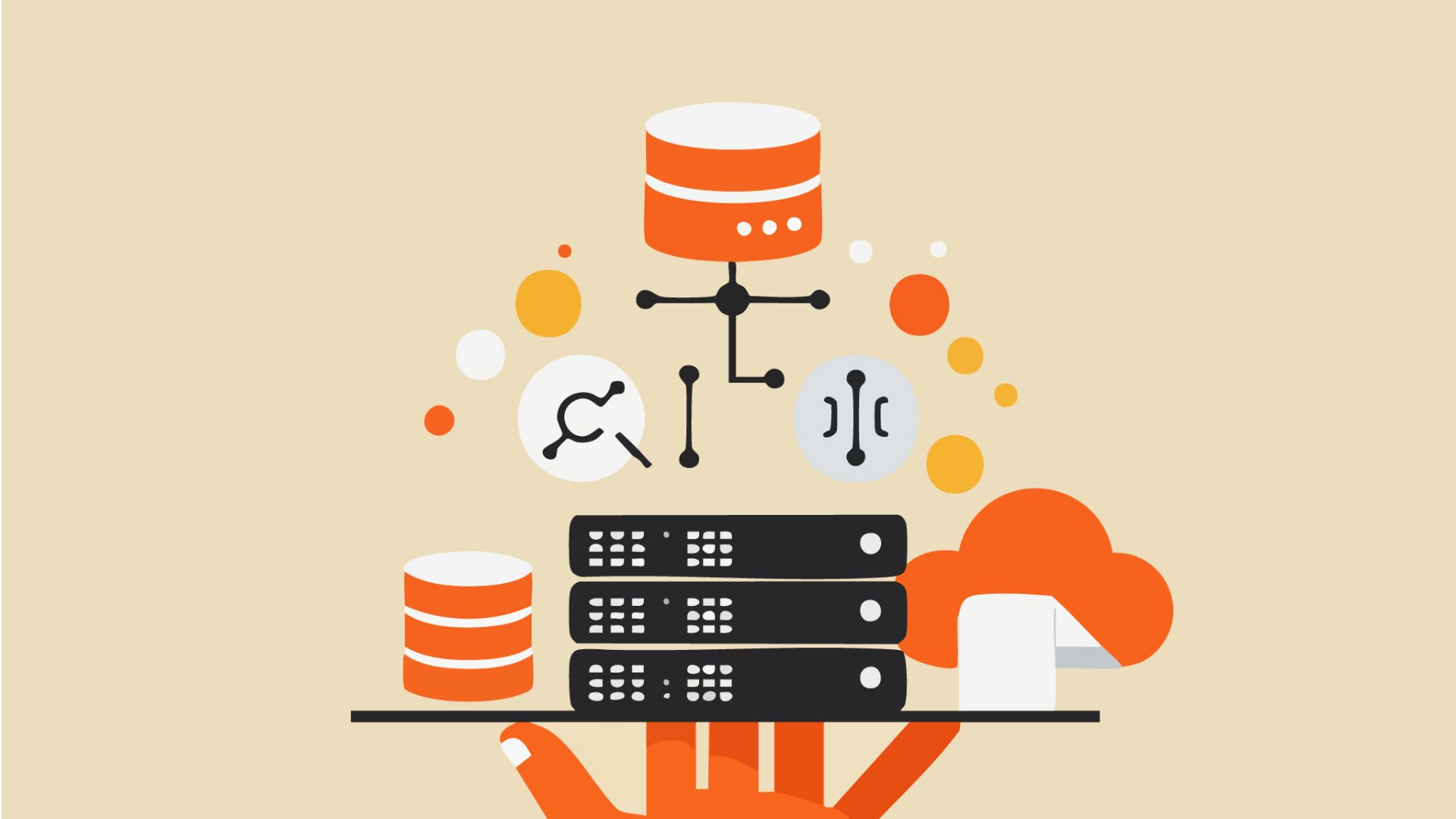Share this:
The scariest IT horror stories don’t involve ghosts or goblins – they start with a dreaded 2 AM phone call or a budget overrun jump-scare.
It’s nearly Halloween – why not have a little fun? Let’s shine a flashlight on some of the infrastructure monsters haunting IT teams – and how to defeat them:
Zombie Workloads: The Walking Dead of Storage
Monster Bio: It’s no secret that every environment has wasted space. But research shows that the average enterprise has more storage than they think consumed by ROT (Redundant, Obsolete, or Trivial) data.
Almost as bad? Many organizations don’t have automated processes to identify unused resources – something that can be really hard to do manually.
Part of the challenge is that ROT data and other wasted space are spread across all corners of hybrid infrastructures. A few orphaned resources here, some zombie VMDKs there, decommissioned application data from old projects that were never cleaned…it’s not as simple as finding a single “graveyard” to clean up.
How to Defeat: Automated tools that provide regular resource auditing and file analysis make it easy to identify culprits such as:
- Storage volumes with no I/O activity over custom lengths of time
- Hidden free space
- Excess snapshots and backup copies
- Duplicate data sets
- Data that can safely be archived without disrupting operations or compliance requirements
- Decommissioned application data
Then, map your resources to business units for better accountability and, when possible, institute data lifecycle management policies that incorporate options such as automatic archival triggers or annual file analysis.
The Invisible Man: Unplanned Outages
Monster Bio: There’s no shortage of horror stories stemming from unplanned outages. They come out of nowhere and leave major damage in their path.
And it’s not just the big newsworthy ones – just about every outage is massively expensive these days.
To take only one analysis, Uptime Institute’s 2024 research shows that 20% of outages now cost over $1 million. On average, outages in 2023 cost roughly $19,000 per minute.
As infrastructures get more complex, outages also get harder to prevent and fix. Some research suggests that mean time to resolution (MTTR) has increased by as much as 25% as a result of increased infrastructure complexity.
How to Defeat: While standard monitoring tools tell you when something goes wrong and why, every horror movie veteran knows it’s much better (and cheaper) to prevent the lights from going off in the first place. That’s why we recommend using resource-level predictive analytics to identify warning signs such as:
- Unusual latency patterns
- Resource consumption trends
- Component failure predictions
AI-powered root cause analysis is another outstanding tool for speeding up problem resolutions for those incidents that you just can’t prevent.
The Blob: AI Workload Growth
Monster Bio: The explosion of AI capabilities is exciting, but it comes at a cost. AI/ML workloads are far more demanding than traditional workloads and can quickly outsize expectations.
Research indicates that AI/ML workloads require:
- 5-10x more storage IOPS than traditional workloads
- 2-3x more memory per instance
- Unpredictable burst patterns that break traditional capacity planning models
Not only do these performance demands increase strains on architectures, they also make it tough to plan for the future. A 2024 MIT survey found that 82% of respondents struggle to predict infrastructure requirements for AI projects. And that, in turn, makes budget-planning nearly impossible.
How to Defeat: For starters, consider implementing elastic infrastructure designs that can scale with AI demands. Automated workload balancing, or tools that provide workload optimization recommendations, can also help (especially with burst requirements).
Creating separate infrastructure tiers for AI workloads with different SLAs can be a good idea. And implementing chargeback models / business unit mapping that accounts for AI resource consumption will go a long way to controlling costs over time.
The Hydra: Multi-Cloud Expansion
Monster Bio: Over 76% of organizations use two or more public clouds as of 2023. As the “big three” cloud providers (AWS, Azure, Google Cloud) make it easier for clients to switch providers and offer more incentives for new clients, organizations are increasingly spreading their growing cloud footprints across more than one provider.
Like the three heads of a Hydra, multiple cloud platforms can become a complicated beast for cloud professionals seeking to decipher costs, expected utilization, and security across clouds.
How to Defeat: Just like defeating the Hydra required a unified approach, approaching multi-cloud challenges also requires unified visibility into all of your environments.
Whenever you expand your infrastructure – whether it’s into the cloud, across vendors, etc. – it’s essential to double down on good FinOps practices for cost optimization.
For example, create standardized tagging and naming conventions across platforms. Implement chargeback and business unit tracking, and implement observability tools that forecast expected usage vs. allocated budgets. Don’t forget about workload rightsizing and manually adjustable forecasting for greater precision in your FinOps efforts.
And, if you’re considering making a change, don’t make a blind leap into the dark. Good cost optimization tools can help you compare your current workload costs with potential future costs on competing vendors and platforms.
The Witch’s Curse: Changes in Virtualization
Monster Bio: After many years of relative stability within the virtualization market, 2024 significantly changed the state of play for most organizations. Like a curse that leaves you between a rock and a hard place, many organizations discovered their costs might go up whether they make a change or maintain the status quo.
On one side, Broadcom’s purchase of VMware left many organizations with much higher costs – sometimes 10x higher or more.
At the same time, organizations hoping to cut ties were confronted by the reality that migrations from VMware can be long and expensive. (Not to mention logistically fraught for organizations with extensive VMware deployment).
How to Defeat: Use a migration assessment or cost planning tool to compare your current workloads with potential candidates for migration. Then, create phased migration plans that prioritize:
- Low-risk workloads first
- End-of-life hardware replacement opportunities
- Natural application upgrade cycles
In the meantime, do everything you can to optimize your VMware environment and get costs down in the short-term. Tools like Visual One Intelligence® help with workload rightsizing, capacity planning, and other efficiency-generating activities.
Remember: In infrastructure management, the scariest scenarios often come from what you can’t see. Visual One Intelligence’s observability, monitoring, and cost analytics are your flashlight in the dark for fending off these and other ghosts that lurk in the darkness of your data centers.
In all these areas and more, visibility and insight are the keys. There’s no better time to try Visual One for yourself.
About Visual One Intelligence®
Visual One Intelligence® is an infrastructure tool with a unique approach—guaranteeing better & faster monitoring, observability, and FinOps insights by leveraging resource-level metrics across your hybrid infrastructure.
By consolidating independent data elements into unified metrics, Visual One’s platform correlates and interprets hybrid infrastructure data to illuminate cost-saving and operations-sustaining details that otherwise stay hidden.
These insights lead to fewer tickets, less downtime, lower costs, and more efficient architectures.



